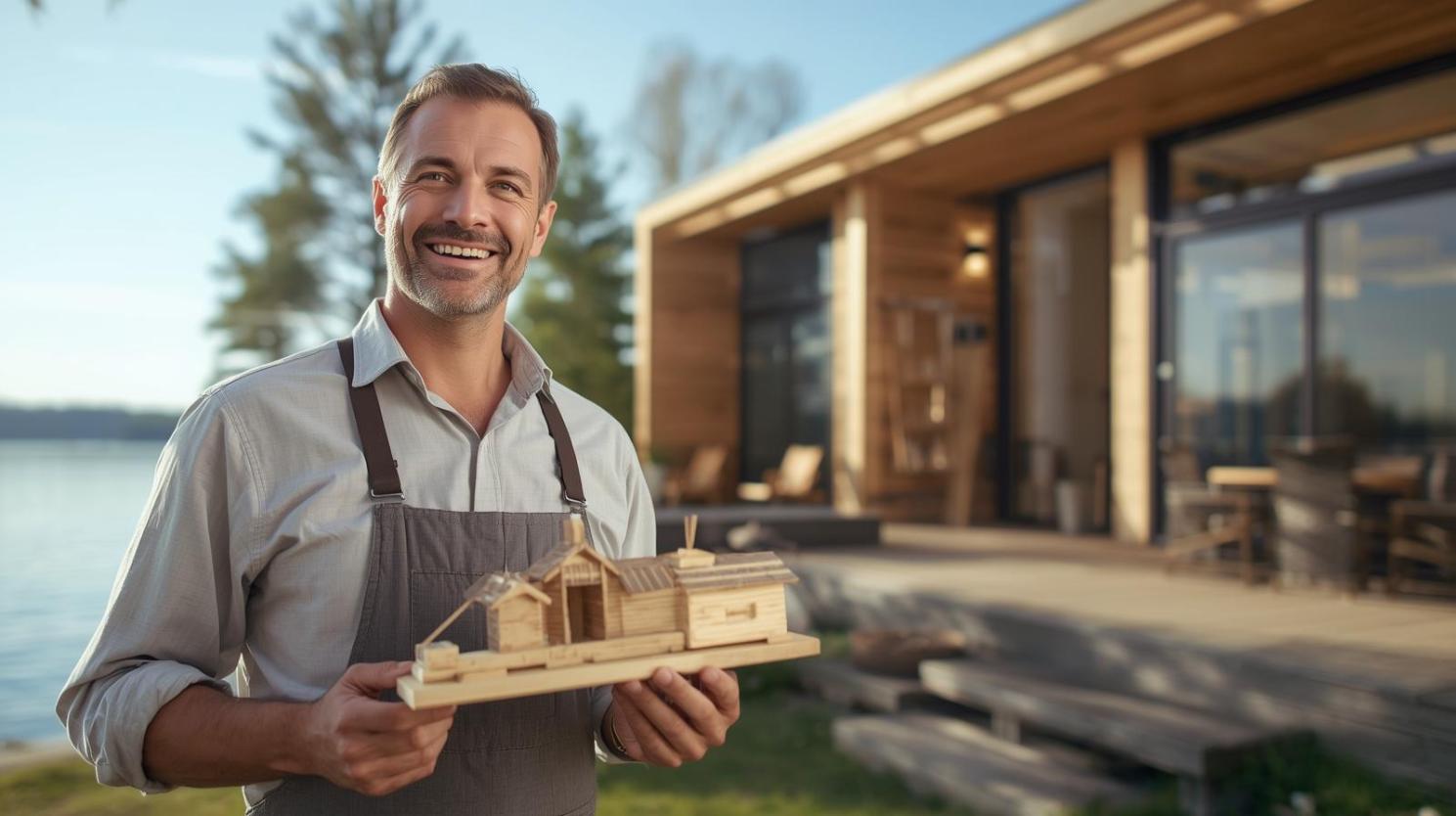
Carpenter by the Lake (Tischler am See) is a lakeside building that underscores the relationship that exists between the landscape and craftsmanship that gives architectural unity and beauty. At Carpenter by the Lake, architecture is experience; building is almost secondary.
The focus is on a new architectural narrative that intertwines the lake, wood, and humanity, blending creativity with an innovative architectural vocabulary grounded in both ingenuity and tradition.
Where the Old Meets the New
Each building on the lakeside captures the story of continuity that is intertwined with every single structure set on its premises. A story that is woven through generations suggests that the work each lakeside carpenter puts into his craft is transformed into a work of art at the touch of a master.
Each rustic beam and surface shapes an expression of artistry, transforming the architecture of the Lakes Region. It is the architecture of the architect. It is the architecture of fusion.
It captures the historic essence of the landscape while being consistent with the warmth that is radiated by the bold, rustic hand-carved woodwork being brought into contemporary designs.
The rationale behind this embrace is holistic. By incorporating natural and unrefined wood in their architectural marvels, the lakeside architects provide ecological harmony while rooted in the genuineness of their designs.
Each structure is a work of devotion to the elements. These materials allow for natural breathing, aging, and the timeless telling of their own life stories.
The Architecture of Belonging
Structures rooted in the construction art of woodworking do the work of more than protective enclosures. They are also a manifestation of memory. Textures are purposely shaped, light dances through the wooden grains, and the alignment in the lake’s reflection all show an emotional tie to the territory and its surroundings.
Structures that resonate with time, yet fluently communicate the realities of the modern world, are the creations of architects and master carpenters working together.
The outcome is architecture that is simultaneously rooted and free, timeless and contemporary, and delicate and robust. This equilibrium embodies the fusion of artisanal traditions with contemporary design thinking.
ALSO READ: The Role of Portable Power Tools in Architectural Design
Beyond Aesthetic—A Philosophy of Craft
Most notable is the slow lake movement and its quiet rebellion. Even with the use of digital designs and prefabricated structures, the craftsman’s role is still essential. He reminds us of the custom of architecture in its closest sense, the union of the structures of nature and the touch of a person.
This reverence for craftsmanship also aligns with the principles of sustainable architecture. This tradition of carpentry exemplifies authentic and soulful design, as it disrupts the waste, use of virgin materials, and intangible cultural heritage that is prevalent in modern copies.
Conclusion
Buildings set on the shores of the lake are beautiful in a certain way, but they are far more than just an artistic vision of the builders. They are the product of great passion, patience, and artistic devotion of generations of craftsmen who learned how to engage in a clever dialogue with wood and water.
They do not simply create structures but rather an entire philosophy that integrates design with the enduring stillness of nature.
